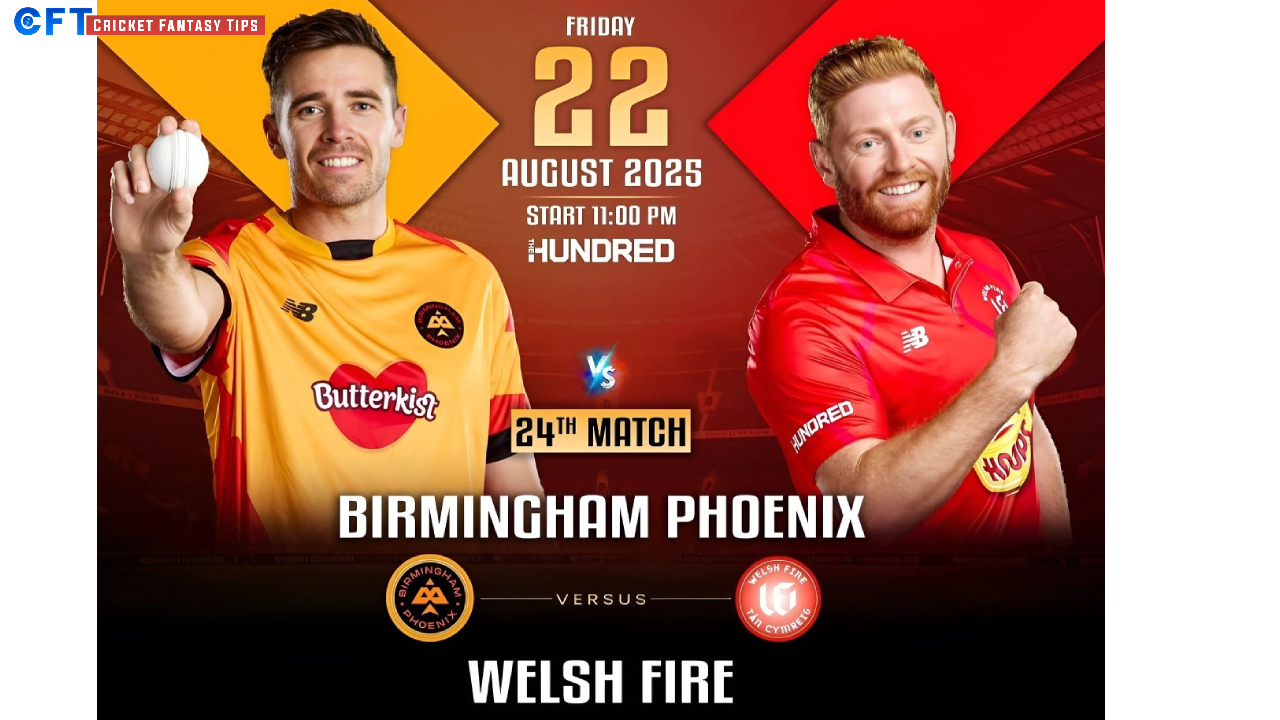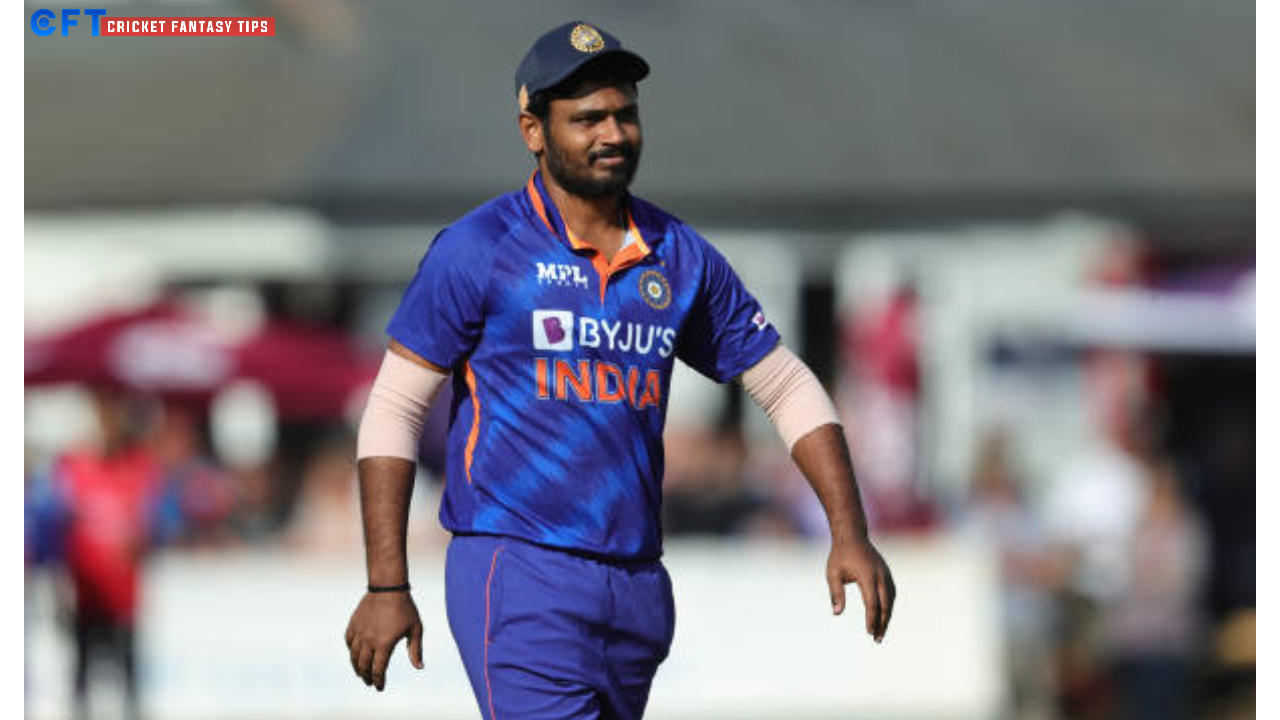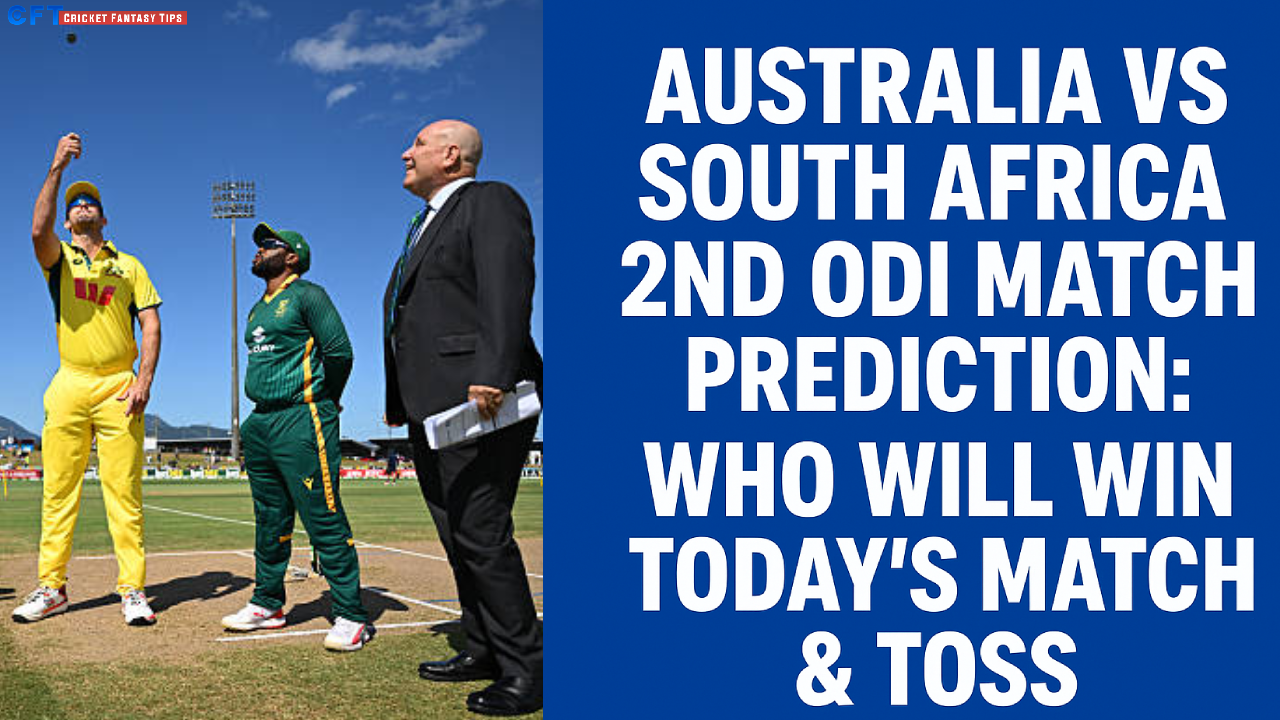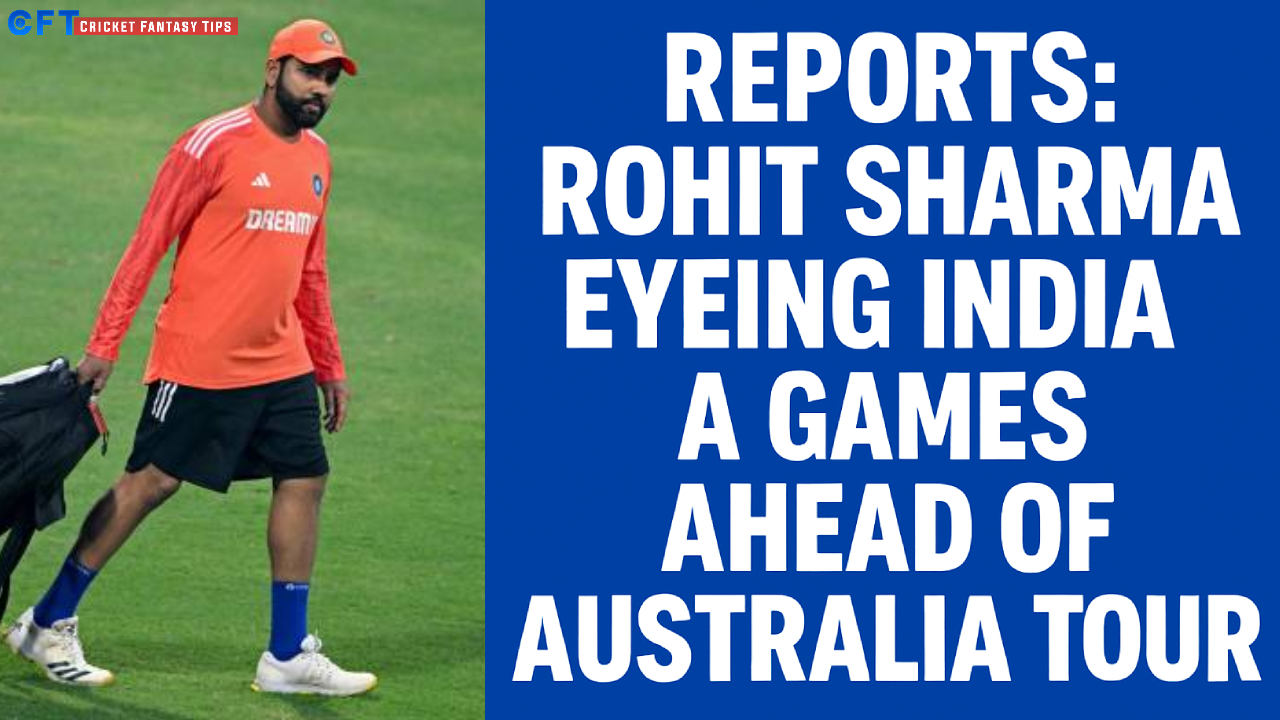Aakash Chopra View on Kohli and Rohit’s Retirement Decisions: A Closer Look
In a recent YouTube video, former Indian cricketer Aakash Chopra made some thought-provoking remarks about Virat Kohli and Rohit Sharma’s retirement choices. According to Chopra, it would have been more prudent if the two iconic players had chosen to retire from ODIs instead of Tests, considering the current cricketing landscape.
The Shift in Format Priorities
Both Kohli and Rohit made headlines when they announced their retirements from T20Is and Tests. While they decided to step down from the shortest format after the T20 World Cup victory, their decision to retire from Test cricket rather than ODIs has sparked debate.
Chopra’s argument revolves around the idea that Test cricket offers a different level of competition and mental challenge compared to limited-overs formats. Test cricket, with its long and grueling nature, might have suited their playing styles, as both have demonstrated exceptional longevity and technical skills in the longer format. On the other hand, the fast-paced nature of T20Is and the heavy schedules in ODIs could have been a better stage for them to take a step back, preserving their energy for the longer format.
Lack of ODI Action Prior to the Champions Trophy
A major point that Chopra highlights is the lack of ODIs played by the Indian team, especially before the 2025 Champions Trophy. In the year leading up to this major tournament, India played only six ODIs in a span of 12 months. This gap in match practice raises concerns, especially when top players like Kohli and Rohit were expected to play a pivotal role in Australia during this prestigious tournament.
The lack of regular action in the 50-over format could have led to rustiness for the players, as match fitness and rhythm in ODIs are crucial. The absence of this valuable game time is worrying, particularly for players who have been out of the ODI circuit for a while. By stepping down from T20Is and Tests, both players effectively left a massive void in their match experience leading into one of the most important tournaments for India.
A Changing Cricket Landscape
Chopra’s perspective calls attention to the evolving nature of modern cricket, where formats are constantly in flux. While T20s and ODIs have become more dominant in recent years, Test cricket still holds its charm for traditionalists and purists. Chopra suggests that Kohli and Rohit, two of the most influential players in India’s cricketing history, could have made a different impact if they had decided to retire from ODIs, a format with fewer games on the international calendar, and continued playing Tests to contribute in the longer run.
In essence, the crux of Chopra’s argument lies in the understanding that ODIs demand regular match time for players to stay sharp, and the minimal number of games in recent years may have hampered India’s preparation leading into major tournaments like the Champions Trophy.
Aakash Chopra’s Concerns on Long Gaps Between Matches for Kohli and Rohit: A Deep Dive into Rhythm Disruption
Aakash Chopra’s recent analysis sheds light on the significant challenges posed by long gaps between matches for Indian cricket icons Virat Kohli and Rohit Sharma. Both players made the decision to retire from T20Is and Tests, leaving only ODIs to focus on. Chopra highlights the potential consequences of this decision, emphasizing how the irregular schedule of ODIs could disrupt their rhythm and impact their performance in the upcoming tournaments.
Impact of Long Breaks on Match Fitness
Chopra pointed out that the long gaps between international fixtures could affect the rhythm and match fitness of the players. He explained, “There is a possibility that you might play only six Tests in a year, but even if it’s only six Tests, it’s 30 days of cricket. If only six ODIs are played, it’s just six days of cricket over a period of time.” This comment reflects the concern that while Test cricket might be fewer in number, it still involves longer playing time, helping cricketers stay in form over a consistent period. In contrast, ODIs, especially with the reduced number of matches, leave players with far fewer days of actual playing time in the year.
The gap between the IPL and the next ODI match could stretch over 100 days, according to Chopra, which would lead to significant periods of inactivity. This would be even more critical for seasoned players like Kohli and Rohit, who are used to regular cricket action and constant exposure to match scenarios. Their extended time away from competitive cricket could lead to a loss of sharpness, and the lack of practice opportunities would make it harder to get back into top form quickly.
Disruptive Gaps Between Series
Chopra further elaborated on the disruptions caused by the scheduling of ODIs, where even a short series of three matches may be completed in just seven to eight days. The next series could then be months away, contributing to massive gaps between international games. This issue is compounded by the fact that First-Class cricket—an ideal preparation avenue for players—is not a viable alternative in this scenario, as most cricketers do not participate in it during these long breaks.
“A three-match series gets over in seven to eight days. Then the next one would be after three months. Gaps are just incredibly huge, and you won’t play First-Class cricket in between,” Chopra said. The long stretches of inactivity could lead to players losing their competitive edge, making it incredibly challenging for them to return and perform at their best when they finally play again.
The Case for Retiring from ODIs Instead
Chopra’s central argument revolves around the idea that Kohli and Rohit would have faced fewer challenges in maintaining match fitness and rhythm if they had retired from ODIs instead of Test cricket. If they had continued playing Test cricket, the extended nature of the format would have allowed them to stay “in the groove” and continue honing their skills. The more frequent and structured nature of Test matches would have better suited their ability to maintain form, rather than the sporadic and fragmented nature of ODI schedules.
Challenges in Coming Back After a Hiatus
Chopra also highlighted the difficulties Kohli and Rohit will face in making a seamless return to international cricket after such a long hiatus. He expressed that coming back to ODI cricket after a prolonged break could be mentally and physically challenging. “It’s true that had they continued playing Test cricket and left ODIs, staying in the groove would have been a lot easier,” Chopra noted. Getting back into the rhythm of ODI cricket, especially after months of inactivity, would require extra effort, and may affect their performances initially, something both players will have to overcome.
ALSO READ-Shubman Gill Set to Become India’s Vice-Captain for Asia Cup 2025







